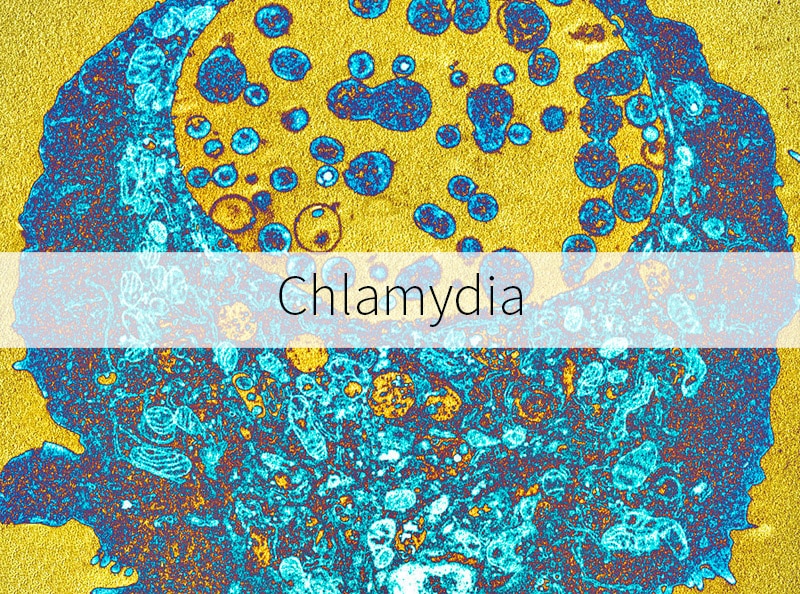Chlamydia rates continue to rise. It seems the Middle East is slightly catching up to the sub-Saharan African region.
Based on reports from Nature Middle East, 3% of the Middle East population is infected with chlamydia, one of the most prevalent sexually transmitted bacterial infections. Compared to the 3.15% infected female population in sub-Saharan Africa, the rates are getting close.
This STI is widely known for causing major complications in infected individuals, particularly problems during pregnancy and, in severe cases, infertility. This is a widely underestimated infection that continues to spread.
Chlamydia Cases in Africa and the Middle East
According to the WHO, 50 million women get infected with chlamydia on a global scale, 34 million of them live in Southeast Asia and the sub-Saharan African region. That’s almost 3.15% of the entire female population in the area.
In an effort to compare the chlamydia rates with other countries, scientists have analyzed data from 250,000 people that live in 20 different countries all across the Middle East and the northern part of Africa.
According to Alex Smolak, an expert epidemiologist, the rates for type 2 herpes and HIV were found to be much lower than in other regions. So, they assumed the same thing would apply to Chlamydia trachomatis.
However, the research proved otherwise. The scientists found that chlamydia rates in the Middle East are just as high as other regions all around the world. While they may not be as high as Southeast and south Asia with 43 million registered cases, it’s not something to be taken lightly.
Current Epidemiological Data
There have been very few studies that analyzed the epidemiological data for chlamydia and STDs in North Africa and the Middle East. The main reason being socio-cultural limitations and political issues published the Lancet Global Health.
But, if these regions were to ignore the condition and people don’t receive adequate treatment, it can compromise their reproductive health on a much larger scale. The most vulnerable groups at risk of contracting the infection are sex workers, women who’ve had a miscarriage, and attendees at an infertility clinic.
From the records we do have, statistics show a high chlamydia prevalence rate in Africa and the Middle East, but they are not the only areas where chlamydia is known to spread.
Based on statistics from 2016, the global prevalence rate of this STI is at 3.8%, and it’s mostly found in women between the ages of 15 to 49 and older. In 2011, the recorded cases in the UK peaked at 236,595 and were found to be mostly present in the younger population between 20 to 24 years of age.
The goal of this research is to raise awareness in Africa and the Middle East, particularly for the most vulnerable groups. Addressing the problem is the primary step to solving it.
References
https://www.natureasia.com/en/nmiddleeast/article/10.1038/nmiddleeast.2019.117
https://bmcinfectdis.biomedcentral.com/articles/10.1186/s12879-018-3477-y
https://www.who.int/bulletin/volumes/97/8/18-228486/en/
https://www.treated.com/sti/chlamydia/chlamydia-trends-and-statistics
https://www.thelancet.com/journals/langlo/article/PIIS2214-109X(19)30322-5/fulltext

